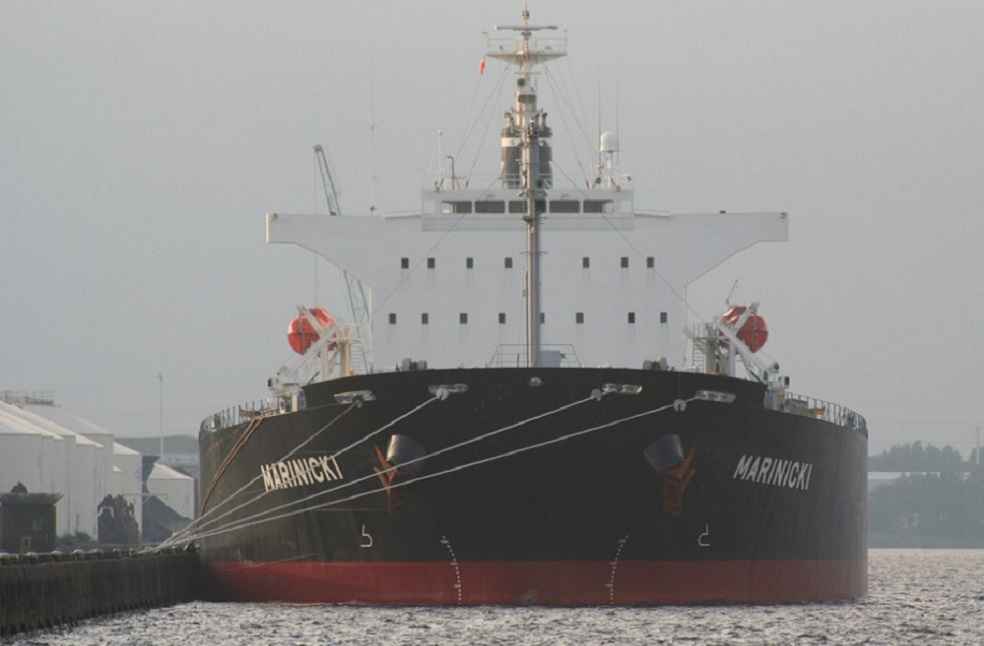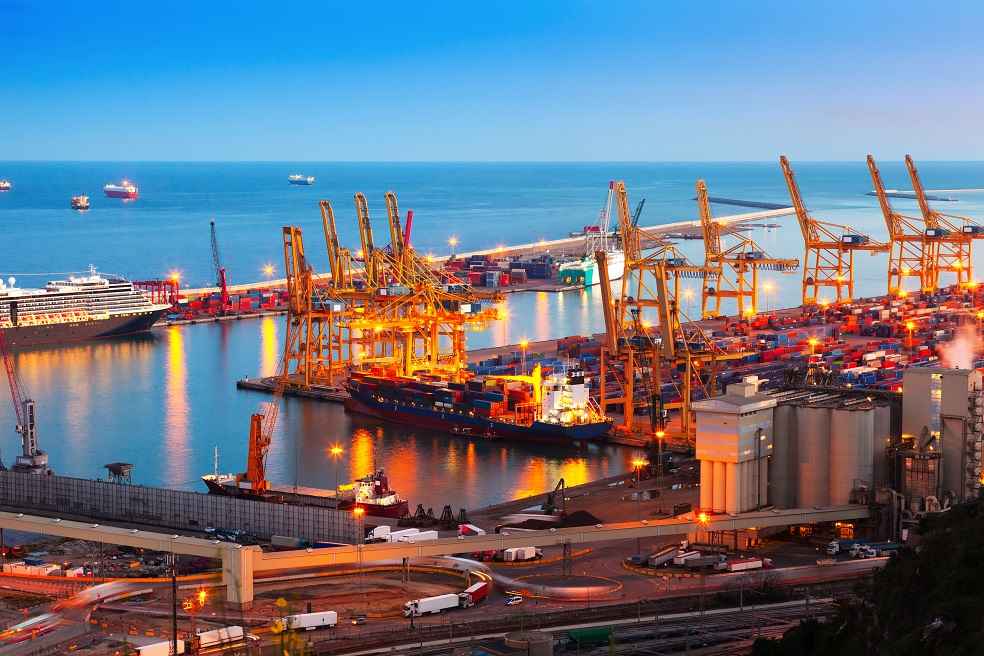The recently released International Energy Agency’s report, Oil 2023: Analysis and Forecast to 2028, uncovers an “unprecedented sea change” in world oil trade flows. International embargoes on Russian energy exports have significantly disrupted global oil trade, a situation that’s unlikely to revert to the old state of affairs anytime soon.
Russian crude, approximately 2.5 million barrels per day (mb/d), was pulled back from Europe and the G7 countries. Another 2 mb/d of products are now searching for new markets. This has occurred due to embargoes on Russian crude and oil products by the European Union (EU) and G7 nations. To top it off, a price cap that permitted EU maritime services to redirect Russian oil to third countries has successfully facilitated the rerouting of oil flows, thereby minimizing global market production losses.

As a consequence, European refiners turned to alternative crude oil suppliers. The US and the Middle East have become crucial sources. There’s also an observed uptick in North Sea volumes staying within the region.
The oil trade has seen Russian import replacements for naphtha, gasoil, fuel oil in Europe, and feedstocks in the US, primarily from North America, the Middle East, and Asia. This trade realignment has led to an increase in available tanker capacity, with a knock-on effect of boosting freight rates.
The report indicates that trade flows in both crude oil and products will grow over the medium term. The Atlantic Basin, not including Russia, is projected to see a crude oil and condensate surplus, driven by rising production in the US, Brazil, and Guyana. Simultaneously, there’s an anticipated decline in the demand for transport fuels.

Asia’s demand for crude oil is projected to outstrip increased supplies from the Middle East. To meet this escalating demand, the surplus in the Atlantic Basin is poised to play a crucial role. Even with the loss of Russian supply, the Atlantic Basin is expected to shift from a rough balance in 2022 to a surplus of around 4.5 mb/d in 2028. The driving factor behind this change is the increase in crude and condensate output along with declining refinery runs.
These changes are not without implications. Significant infrastructure and service expansions will be required to manage these evolving flows. Additionally, the dynamics of the oil market are being reshaped by alterations in global product trade flows and a growing surplus in the Atlantic Basin.

A striking trend pinpointed in the report is the concentration of demand growth East of Suez, specifically in China. The substantial surplus of refinery and petrochemical capacity in China will stimulate the attraction of Atlantic Basin crude barrels and petrochemical feedstocks.
In the overall context, while the Atlantic Basin, excluding Russia, is moving toward a net crude oil surplus, Asia is seeing a growing deficit due to steady demand and new refinery capacity. This imbalance will have significant consequences for crude shipping, mirroring the effects of the swing in Russian crude exports from west to east.
Significant regional differences exist within these broad trends. The Americas (North and South) are expected to see an increase in their crude and condensate surplus by 4.6 mb/d. However, the eastern flank of the Atlantic Basin will experience an increase in its deficit, mainly driven by declining African and North Sea crude production.

Notably, North American net crude and condensate exports are projected to increase from 700 kb/d in 2022 to 3.7 mb/d in 2028, due to increased US production and slower refinery runs.
The global oil market is in the throes of change, undergoing shifts in trade flows that will restructure the landscape for years to come. The changes underscore the complexity of the oil market and the impacts of geopolitical decisions on global energy security.
DON’T MISS IT: Gold Mining: Environmental Crisis and Sustainable Shift



